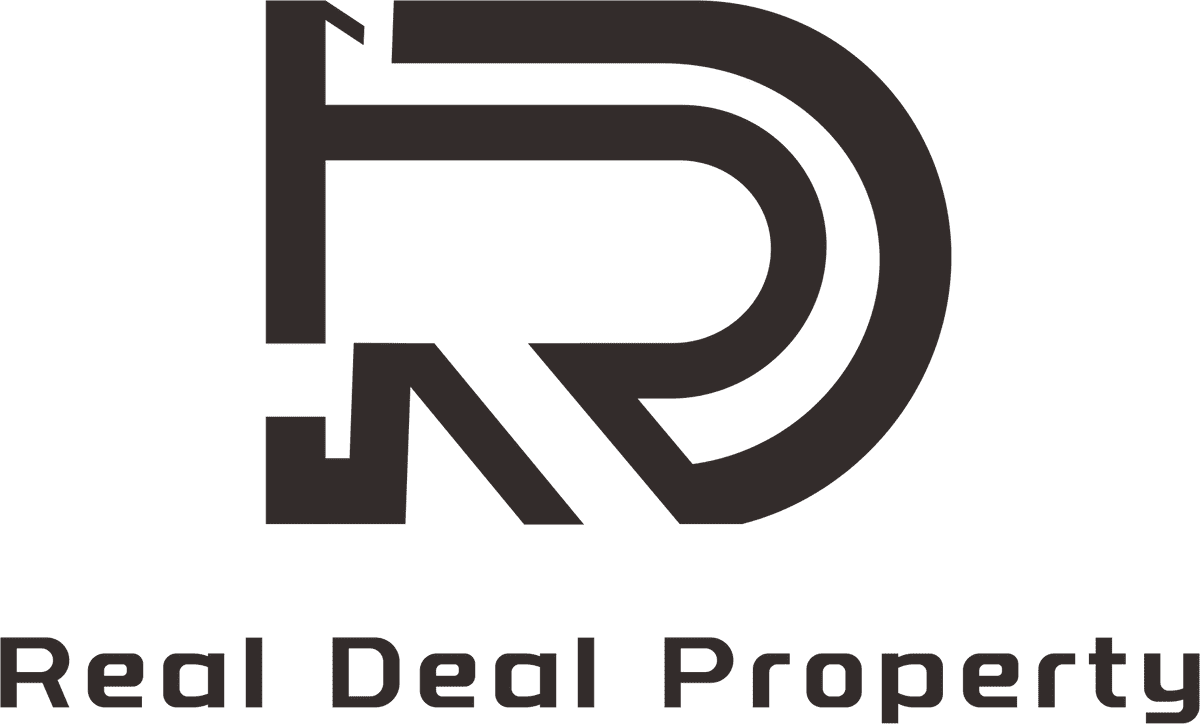Investing in property can be a great way to generate a steady income and build long-term wealth. However, it’s important to understand the differences between investing in positive cashflow property and negative cashflow property. In this article, we will discuss the key differences between these two types of property investments and how to determine which one is right for you.
What is Positive Cashflow Property?
Positive cashflow property is a type of property investment that generates a positive cash flow. This means that the income generated from rent or other sources exceeds the expenses associated with the property, resulting in a net gain. Positive cashflow property investments are typically seen as low-risk investments, as the income generated can help to cover any unexpected costs and protect investors from losses.
What is Negative Cashflow Property?
Negative cashflow property is a type of property investment that generates a negative cash flow. This means that the expenses associated with the property exceed the income generated from rent or other sources, resulting in a net loss. Negative cashflow property investments are typically seen as higher-risk investments, as the net loss can quickly add up and may not be recouped through future income.
How Do I Determine Which Investment Is Right for Me?
When deciding between positive cashflow property and negative cashflow property investments, it’s important to consider your own financial situation and goals. If you’re looking for a low-risk investment that can generate a steady income, then positive cashflow property is likely the best option for you. However, if you’re looking for an investment with the potential to generate a higher return, then negative cashflow property may be a better fit.
It’s also important to consider the costs associated with each type of property investment. Positive cashflow property investments typically require a larger upfront investment, as well as ongoing costs for maintenance and repairs. Negative cashflow property investments, on the other hand, may require fewer upfront costs but may also require a larger investment in order to realize a return.
Finally, it’s important to consider the local market when making your decision. Positive cashflow property investments are typically best suited to markets with strong rental demand and high property values, while negative cashflow property investments may be more profitable in markets with lower property values and weaker rental demand.
Conclusion
Investing in property can be a smart way to build wealth and generate a steady income. However, it’s important to understand the differences between positive cashflow property and negative cashflow property investments. By considering your own financial situation and goals, the costs associated with each type of property investment, and the local market, you can determine which type of investment is right for you.

